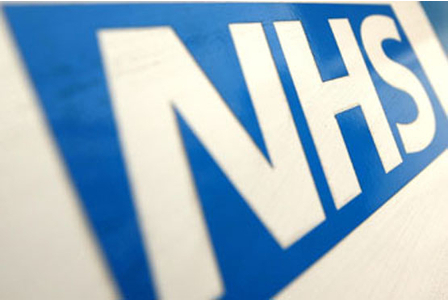Mortality ratios are complex indicators and there are multiple factors that contribute to the overall score, including the quality of our documentation in patients’ notes and how this information is extracted and recorded in electronic systems.
The Trust has a dedicated Clinical Effectiveness function, a responsibility of which is to monitor and report these figures widely across the organisation to a number of fora, and also to support staff and services to understand the detail behind them, to drive improvements. The Mortality ReviewGroup has responsibility for reviewing mortality and driving progress in this area. It also conducts a review of patient deaths using the Structured Judgement Review methodology.
The Care Quality Commission published its review “Learning, Candour and Accountability: A review of the way NHS Trusts review and investigate deaths of patients in England” in December 2016. The report’s recommendations were accepted by NHS England and a range of commitments were made as to how we can improve how we learn when we review the care provided to our patients that have died. As a result, the National Quality Board published a framework for NHS Acute Trusts to utilise to meet the report’s recommendations . Learning from the care provided to our patients who have died is an essential part of clinical governance and our quality improvement work and we have a policy which formalises our approach and will describe the standards and reporting which has been agreed nationally.
The SHMI (Summary Hospital-level Mortality Indicator), and another measure, the HSMR (Hospital Standardised Mortality Ratio) are ratios of the actual number of patients who die, to the number that would be expected to die, on the basis of average England figures. A number below 100 indicates less than the expected numbers of deaths and a number above 100 would suggest a higher than expected number of deaths.


